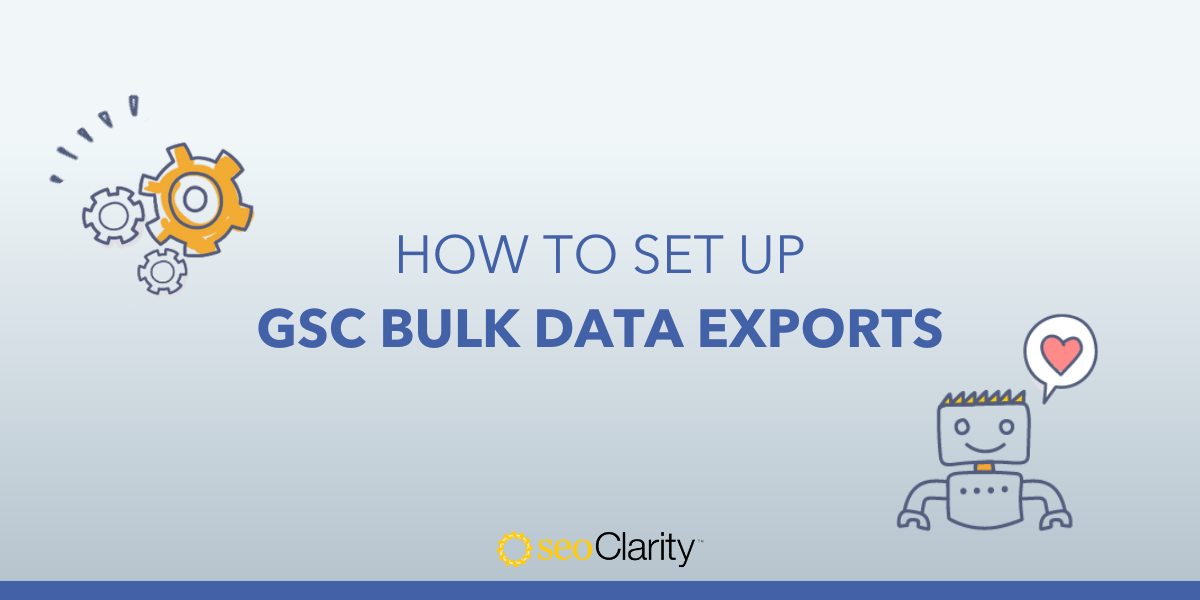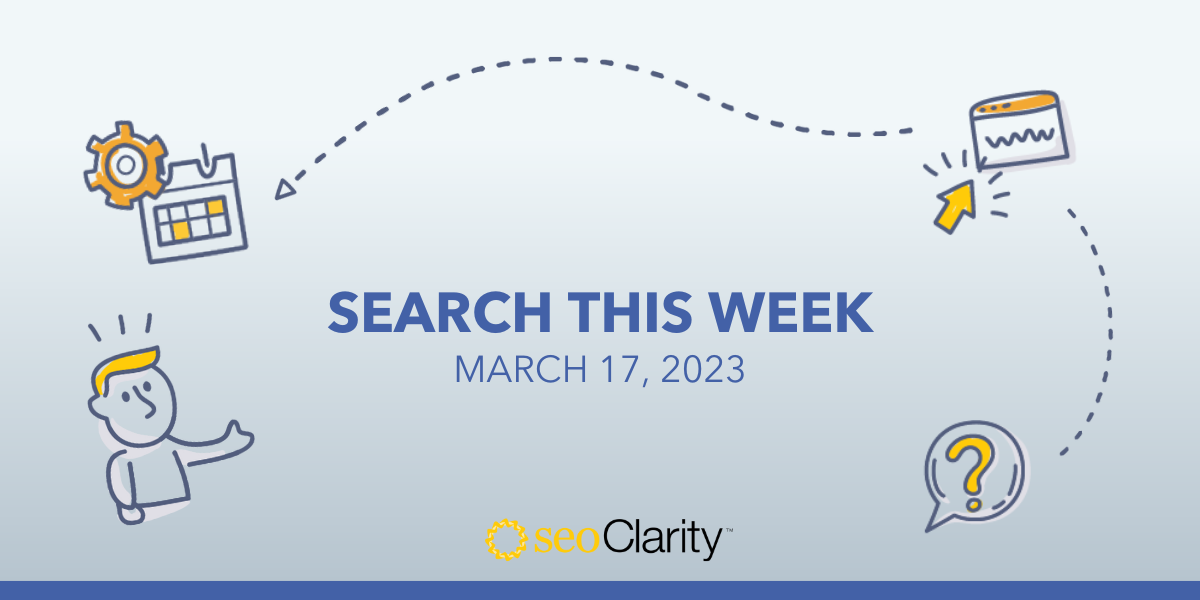The Google-mandated switch from Universal Analytics (UA) to Google Analytics 4 (GA4) is fast-approaching with a deadline of July 1, 2023.
At that time, standard UA properties will stop processing data. Fortunately, enterprise users have a bit more time to transition as Universal Analytics 360 won’t sunset until July 2024.
The best time to start planning for the shift was when Google made the first announcement. The second best time is now.
To make sure you’re prepared, we’ve outlined the main changes, why they’re happening, and what you can do to make the transition to GA4 as smooth as possible.
Already know the details of the need to switch to GA4?
Skip right to the advantage of the seoClarity GA4 Integration
Key Concerns With the Switch to GA4
Universal Analytics is the most popular analytics platform in the world. As such, many digital marketers have expressed feelings of concern regarding the switch to GA4.
Key sources of fear include:
- Google hasn’t provided a transition path to carry over historical data from UA: GA4 will only have data starting from the date you activate it. By not providing continuous reporting, users that have collected years of data must bounce between GA4 and their old Universal Analytics account to compare historical data.
- The steep learning curve: Many of the metrics and reports that UA users are familiar with have completely changed in GA4.
In response to these fears, Google has urged users to start tracking data in both profiles as soon as possible. Doing so will provide at least some data overlap even though there isn’t a way to bring old data into the new platform.
The Main Differences Between Universal Analytics and GA4
Sessions and PageViews Become “Events”
Instead of tracking everything to a specific user that visits and navigates webpages, GA4 has created “events.”
Events include practically anything that users can set and configure–including page views and sessions.
Unlike in UA where events had actions associated with them, all actions in GA4 are events.
Because the two systems track metrics differently, the data between them will not match exactly. That being said, the general trends will still align.
Bounce Rate Becomes Engagement Rate
One of the most notable metrics that won’t exist in GA4 is bounce rate.
Bounce rate, which measures how many people visit one page and then navigate away from the site, has been replaced with engagement rate.
Engagement rate measures sessions that last more than 10 seconds. On the flip side, sessions that last less than 10 seconds get marked as disengaged sessions
This metric does a better job of showing marketers if site visitors spent enough time on a page to actually consume the content.
Conversions and Goals Are Tracked as Events
In GA4, users must define and trigger events for every conversion or goal. Doing so lets the platform know what to track.
As a result, the setup process for GA4 is far more complex than Universal Analytics. Using it effectively will require far more thought and planning.
How to Prepare for Google Analytics 4 (The seoClarity Advantage)
When it comes to navigating the massive change from UA to GA4, seoClarity offers significant advantages.
Seamless Migration and Data Continuity
Currently, seoClarity is the only enterprise SEO platform that supports GA4 and offers seamless migration and continuity of data.
When making the switch to GA4, our clients can simply swap out their integration from G3 or Universal Analytics. All of their reporting, including page view sessions and traffic conversions, can still be viewed on the same charts in the same reporting methodology that they’re used to in the seoClarity profile.
Ask your seoClarity Client Success Manager (or contact support) to find out how to implement this useful integration.
We manage the complexity of mapping all the data to ensure no change in reporting.
As a result, clients don’t need to start fresh with a new report that they would have to jump between when comparing historical data from UA.
In addition, clients will have access to all the same metrics that they are used to in Universal Analytics–we even have a replacement for the bounce rate metric which isn’t available in GA4.
With seoClarity, there is no interruption to standard reporting and no loss of historical data like users would see within GA4. Needless to say, this offers a massive reporting advantage.
And, it’s not just the organic search channel. seoClarity includes the entire marketing channel traffic mix within Site Analytics. Learn more about our Traffic Mix Analysis with the benefits of why all traffic data is included in seoClarity.
Flexible Reporting of Content Types
The other key advantage that seoClarity offers is our Content Type filter. The content grouping feature in Universal Analytics, which allowed users to create defined groups of content for segmented analysis, is not offered in GA4.
To set up the equivalent of content types in GA4, users have to program an “event” and developers have to define it. Not only is this setup process highly complex, but the event is then static and can’t be changed.
With seoClarity’s Content Type filter, users can access a continuous analysis across important content segments and will continue to work as users migrate to GA4.
Why Is Google Switching to GA4?
So why is Google rocking the digital marketing industry with this massive shift? As one might expect, they have some pretty good reasons…
To Make Tracking of Performance for Mobile Apps and Websites Uniform
Perhaps the largest reason behind the shift to GA4 is the rise of mobile devices.
When mobile apps took off, Google needed two different profiles: one to track mobile app analytics and one to track websites.
With GA4, they created one uniform platform to track and compare mobile app data with web page data.
To Comply With GDPR of IP Tracking and Data Regulation
The second largest reason for Google’s shift to GA4 is GDPR of IP tracking and data regulation.
Using Universal Analytics in the European Union is illegal. Since it tracks IP addresses, it isn’t GDPR compliant.
While Google has tried to make UA compliant in the past, they weren’t able to do so without some gray area.
To abide by European privacy laws, Google built GA4 which meets GDPR.
Key Takeaways
- Universal Analytics 360 will sunset in July of 2024.
- Key differences between UA and GA4 include:
- sessions and pageviews becoming events,
- bounce rate becoming engagement rate, and
- conversions and goals being tracked as events.
- Google will not provide continuous reporting from UA to GA4. Users will have to reference both platforms to compare historical data.
- Google suggests switching from UA to GA4 as soon as possible to build historical data.
- seoClarity offers seamless migration and continuity of data as the only enterprise SEO platform that supports GA4.
- seoClarity also offers a Content Type filter to allow users to continuously analyze important content segments after migrating to GA4.
To learn more about how seoClarity can ease the transition from Universal Analytics to GA4, schedule a demo today!







Comments
Currently, there are no comments. Be the first to post one!